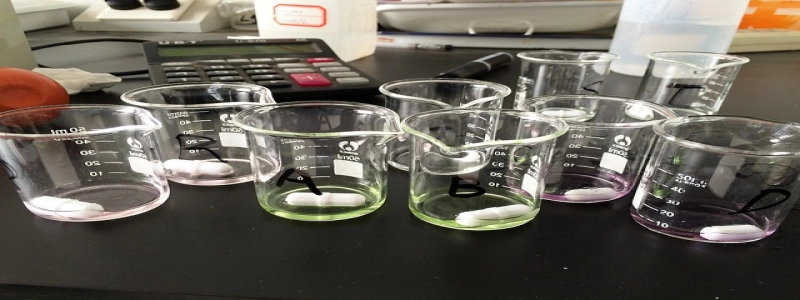Cat5 Ethernet Cable vs Cat6
Introduction:
In the world of networking, Ethernet cables are the backbone of any reliable and speedy internet connection. Two common types of Ethernet cables are Cat5 and Cat6. While both cables are used to connect devices to a network, they differ in terms of performance, speed, and cost. In this article, we will explore the differences between Cat5 and Cat6 Ethernet cables.
Title 1: Cat5 Ethernet Cable
Cat5 Ethernet cable, also known as Category 5 cable, is an older standard that was widely used in the early days of networking. This cable consists of four pairs of twisted copper wires and supports speeds of up to 1000 Mbps. It is capable of transmitting data over short distances, making it suitable for home and small office networks.
Title 2: Cat6 Ethernet Cable
Cat6 Ethernet cable, on the other hand, is a more advanced and modern standard. It is an upgraded version of Cat5 and offers higher performance and speed. Cat6 cables also consist of four pairs of twisted copper wires but are designed to reduce crosstalk and interference. This results in better signal quality and improved data transmission. Cat6 can support speeds of up to 10,000 Mbps, making it ideal for large corporate networks and data centers.
Title 3: Performance Comparison
When it comes to performance, Cat6 Ethernet cable surpasses Cat5 in several ways. The reduced crosstalk in Cat6 cables ensures superior signal quality and enhances the overall performance. This means that with Cat6, you can enjoy faster and more reliable internet speeds. Additionally, Cat6 has a higher bandwidth capacity, allowing for the simultaneous transmission of more data. This is especially valuable in scenarios where multiple devices are being used simultaneously, such as in an office or a smart home setup.
Title 4: Speed Comparison
The main difference between Cat5 and Cat6 Ethernet cables lies in their speed capabilities. Cat5 cables can support speeds of up to 1000 Mbps, which is sufficient for most home and small office networks. However, Cat6 cables can handle speeds of up to 10,000 Mbps, providing a tenfold increase in performance. This makes Cat6 the preferred choice for high-speed internet connections, large-scale networks, and demanding applications like video streaming and online gaming.
Title 5: Cost Comparison
In terms of cost, Cat5 Ethernet cables are generally cheaper compared to Cat6 cables. This is because Cat6 cables have more advanced features and higher performance capabilities. However, the price difference is relatively small for shorter cable lengths. If you are setting up a small network at home or require basic connectivity, Cat5 cables can be a cost-effective choice. On the other hand, if you need faster speeds and better performance, Cat6 cables are worth the investment for long-term and high-bandwidth requirements.
Conclusion:
In conclusion, Cat5 and Cat6 Ethernet cables serve different needs in terms of speed, performance, and cost. While Cat5 is suitable for basic home or small office networks, Cat6 offers superior performance and speed for larger networks, high-bandwidth applications, and data centers. Consider your specific requirements and budget before choosing between Cat5 and Cat6 Ethernet cables to ensure an optimized and reliable network connection.








